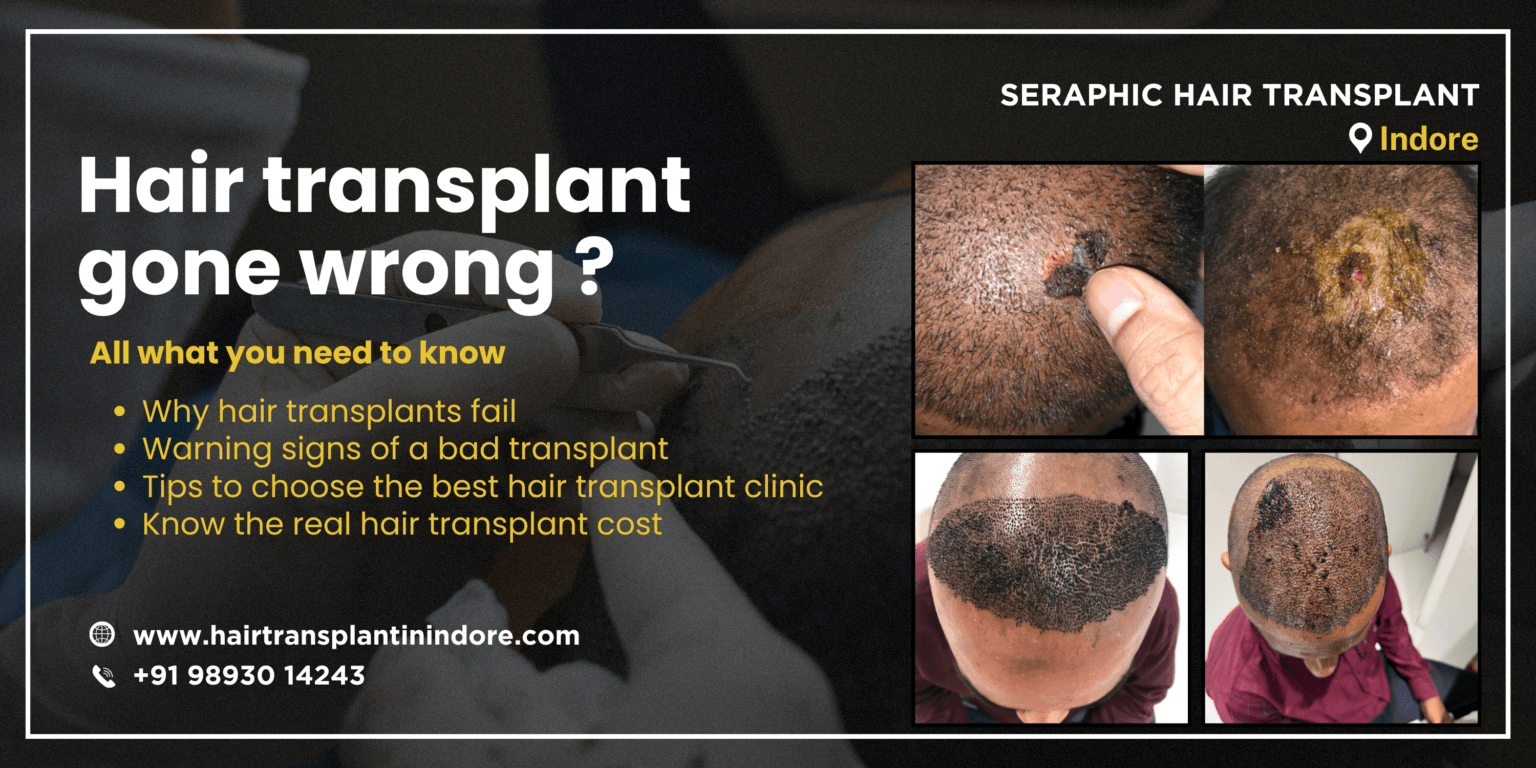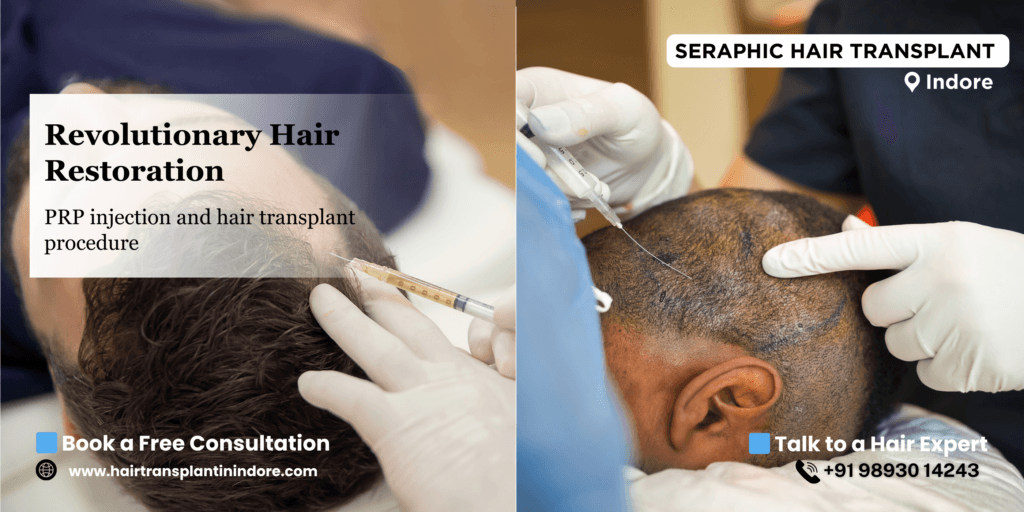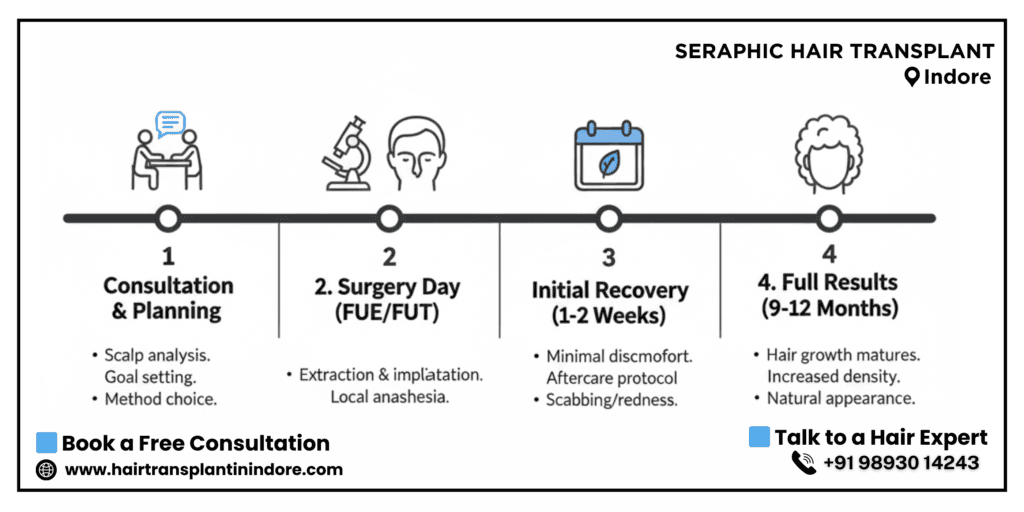A hair transplant is often seen as a life-changing procedure—restoring not just lost hair but also lost confidence. However, when things don’t go as planned, the dream can quickly turn into a nightmare. With an increase in demand, there’s also been a rise in unqualified clinics and poorly executed surgeries. If you’re someone who is researching after experiencing—or fearing—a hair transplant gone wrong, this guide is for you.
We’ll walk you through why transplants fail, warning signs, how to fix a botched job, and how to choose the best hair transplant clinic to avoid future problems.
Why Hair Transplants Go Wrong
Several factors can lead to a failed or unsatisfactory hair transplant, and most are avoidable. The most common causes include:
1. Inexperienced Surgeons: Many people fall into the trap of opting for cheap or discounted offers without checking the surgeon’s qualifications. An unskilled practitioner may not understand proper graft placement, angle, or density—leading to an unnatural look.
2. Use of Outdated Techniques: Modern methods like FUE (Follicular Unit Extraction) and DHI (Direct Hair Implantation) offer far better results than older methods like FUT. If a clinic still uses outdated techniques, chances are the results won’t be satisfactory.
3. Poor Clinic Hygiene & Protocol: An unhygienic clinic or poor post-operative care can lead to infections and complications. This is why choosing the best hair transplant clinic is more than just a luxury—it’s a necessity.
Common Signs of a Botched Hair Transplant
How do you know if your hair transplant didn’t go as planned? Here are some red flags:
- Patchy or uneven hair growth
- Visible scarring or unnatural hairlines
- Constant redness, swelling, or infection
- Excessive hair shedding even months after surgery
- Pain or discomfort that doesn’t go away
If you’re experiencing any of these, it’s important to consult a qualified surgeon immediately.
Psychological Impact of a Failed Hair Transplant
The emotional toll of a failed hair transplant is significant. Most people undergo this procedure to regain confidence. When the result is worse than the original problem, it can lead to anxiety, depression, and low self-esteem. Understanding that corrections are possible is the first step toward healing.
Can a Bad Hair Transplant Be Fixed?
Yes, absolutely.
1. Corrective Hair Transplant Surgery
A reputable clinic can perform corrective surgery to fix the hairline, fill in gaps, or remove poorly implanted grafts. This process is complex and must be done by skilled surgeons at the best hair transplant clinic that has experience in handling such cases.
2. Scalp Micropigmentation (SMP)
In cases where grafts can’t be reused, SMP can help create the illusion of denser hair using medical-grade pigments. It’s a great alternative for minor corrections.
3. Laser Therapy & PRP
Sometimes, additional treatments like PRP (Platelet Rich Plasma) or laser therapy can support hair growth and improve the health of transplanted follicles.
How to Avoid a Hair Transplant Gone Wrong
Prevention is always better than correction. Here’s how you can avoid falling victim to a botched transplant:
1. Research Thoroughly
Check reviews, before-after photos, and doctor credentials. Look for real case studies and testimonials.
2. Ask the Right Questions
- What techniques do you use?
- How many surgeries has the doctor performed?
- Can I meet previous clients or see verified reviews?
A best hair transplant clinic won’t hesitate to provide these details.
3. Don’t Prioritize Cost Over Quality
While hair transplant cost is important, cheaper isn’t always better. Low costs often mean compromised safety, hygiene, and skill. Always compare value rather than just price.
What Is the Ideal Hair Transplant Cost?
The hair transplant cost varies depending on:
- Number of grafts required
- Surgeon’s experience
- Technology used (FUE, DHI, etc.)
- Location of the clinic
In India, the price can range between ₹30,000 to ₹1,50,000 or more. But remember—going for the cheapest option often leads to higher correction costs later.
When you’re investing in yourself, choosing the best hair transplant in India will give you peace of mind, natural results, and long-term satisfaction.
How to Choose the Best Hair Transplant Clinic
Here are key parameters you should evaluate:
- Board-Certified Surgeons: Only consider clinics with certified, trained, and experienced surgeons. Look for specialization in hair restoration.
- Transparent Consultation: Good clinics offer detailed consultations—explaining the process, potential results, risks, and aftercare. They should give realistic expectations, not false promises.
- High-Quality Infrastructure: Modern, hygienic, and technologically advanced clinics ensure both safety and results.
- Real Case Studies & Testimonials: Before-and-after pictures, video testimonials, and patient reviews speak volumes about the clinic’s credibility.
A clinic providing the best hair transplant in India will always be open, transparent, and patient-focused.
Final Thoughts
A hair transplant gone wrong is not the end of the road—it’s a bump on the journey to regaining your hair and confidence. But prevention is always better than cure. Investing time and effort into choosing the best hair transplant provider can save you from emotional distress, financial loss, and medical complications.
Always remember: your hair deserves the best. And the right clinic will give you just that—natural-looking results, safe treatment, and long-lasting satisfaction.
If you’ve had a poor experience or are unsure about your transplant results, seek expert consultation immediately. A second opinion from a trusted clinic could be the fresh start you need.




